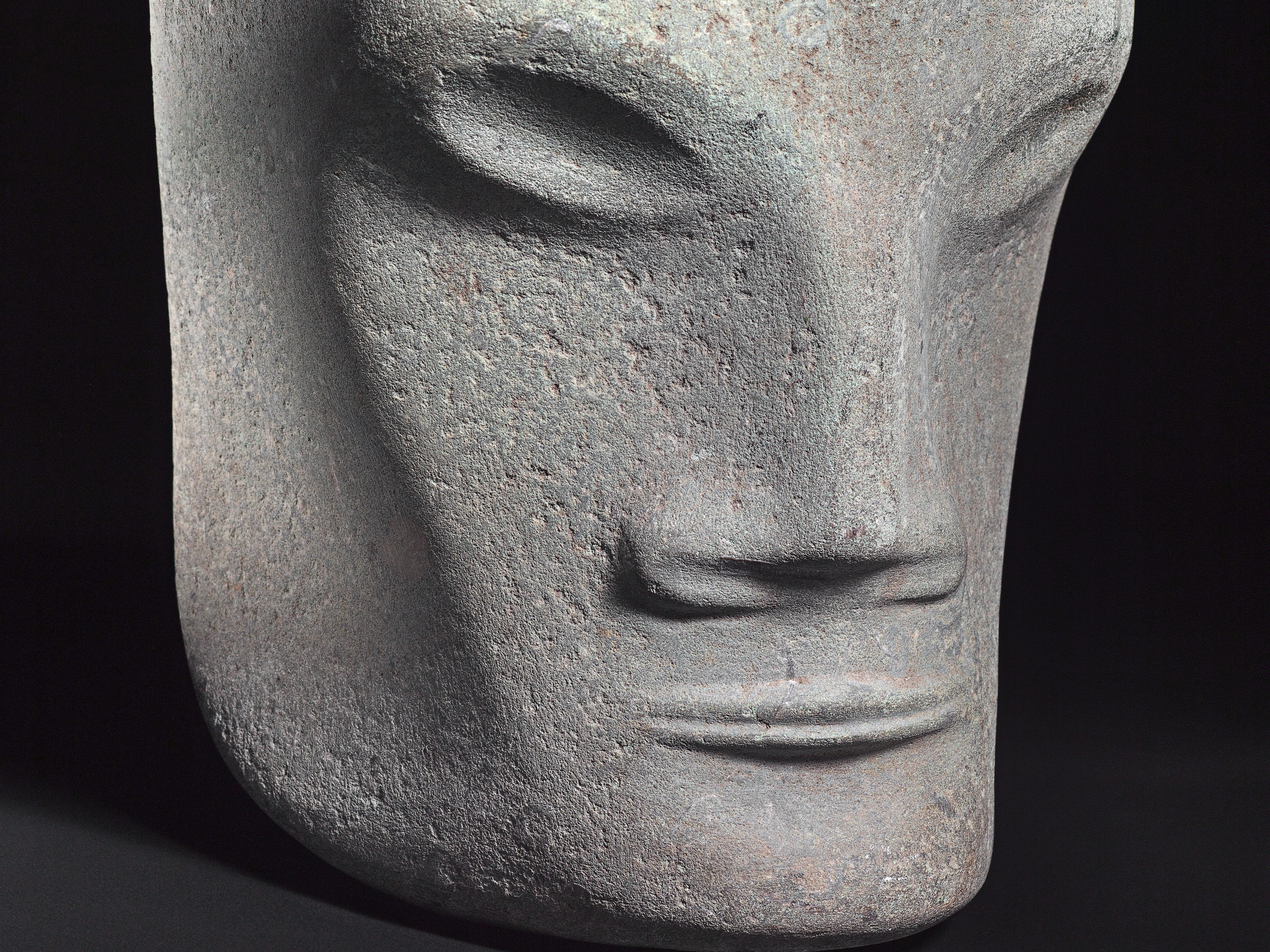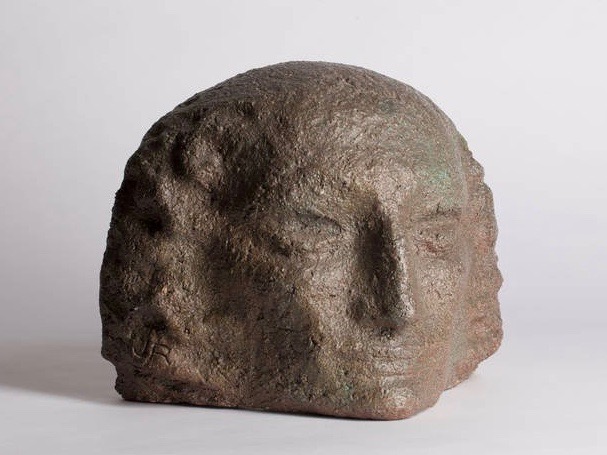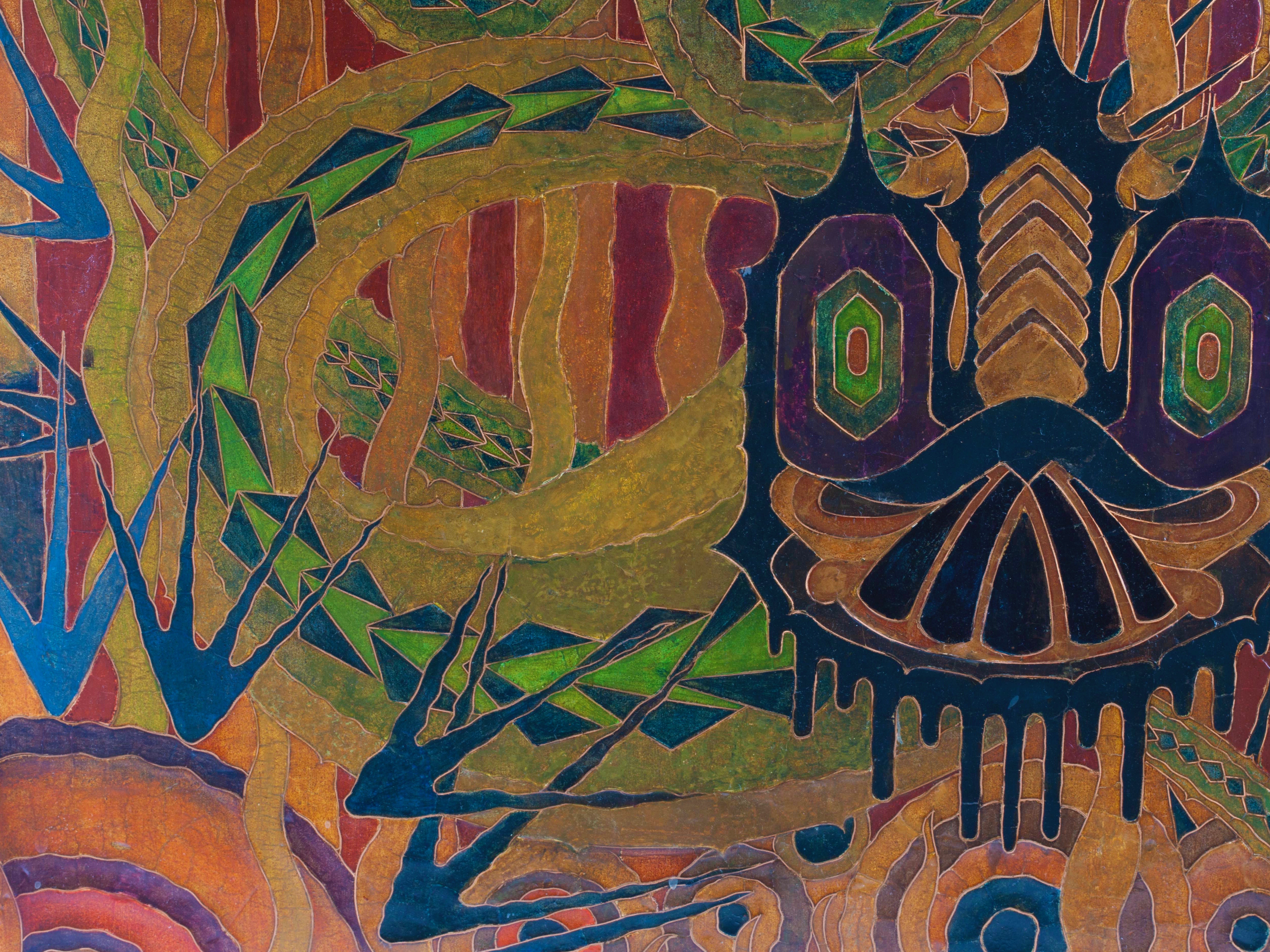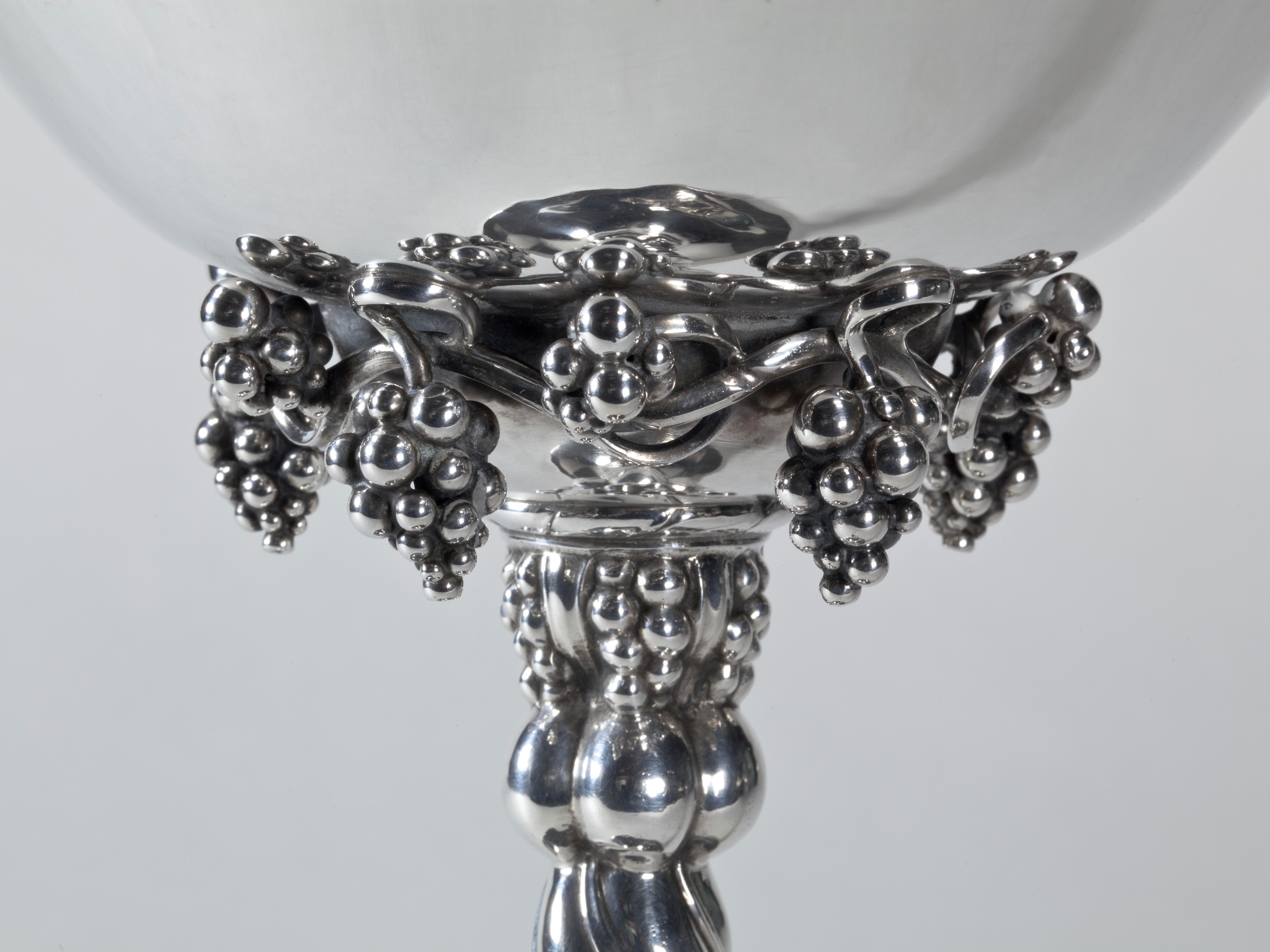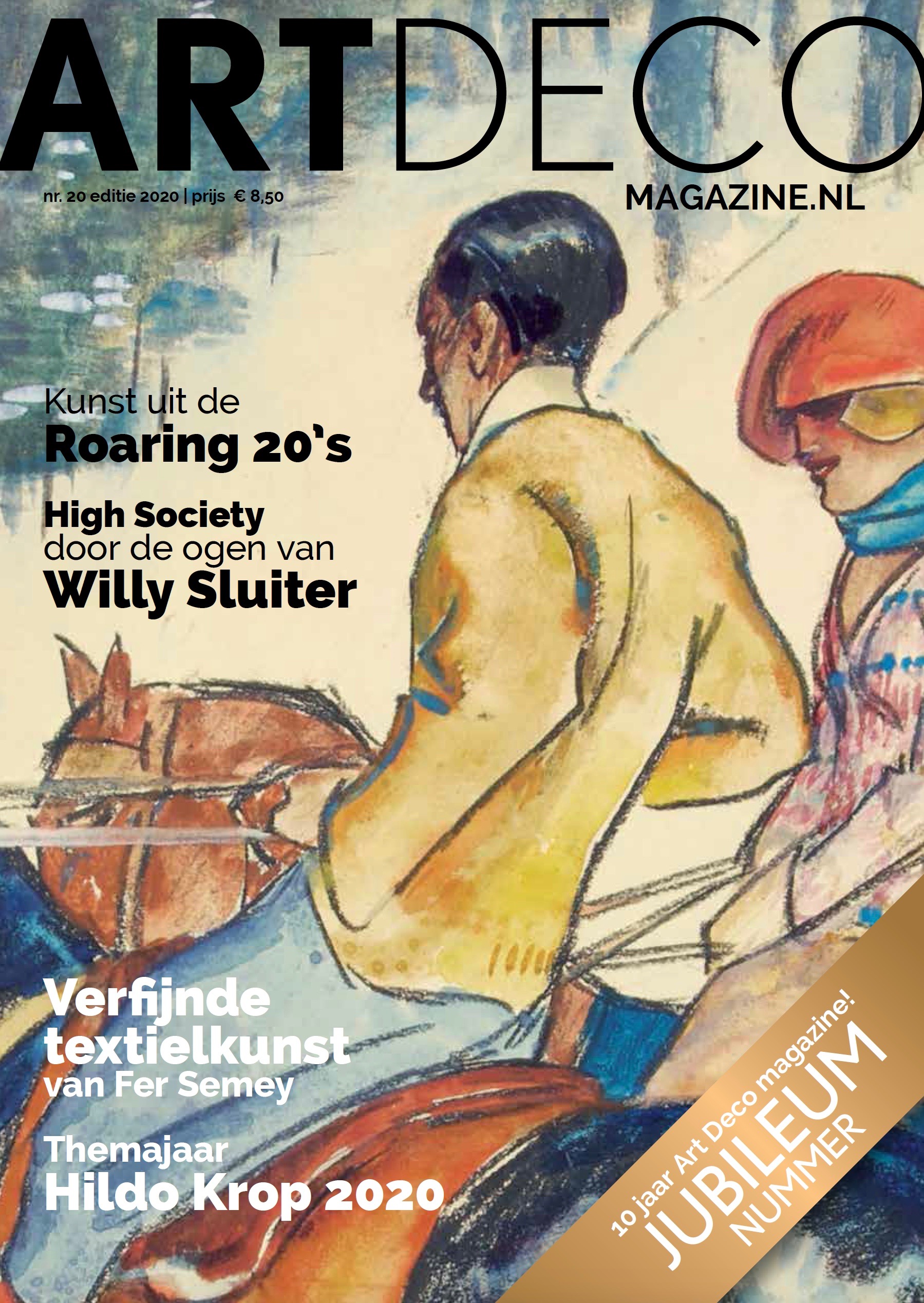Bernard Richters: Sculptors of the Amsterdam School - part 2
The mask sculptures of Bernard Richters (1885-1956) are intriguing, not only because of their strong yet subtle shapes, but especially because of the emotional states that can be recognised. Just like John Rädecker, about whom we previously published a blog, Bernard Richters is considered to be an important sculptor of the Amsterdam School.
Spiritual Meaning
Bernard Richters had made John Rädecker’s acquaintance in 1901 when he was studying at the Rotterdam Academy of Fine Arts. After his studies, Richters worked in Düsseldorf, Stuttgart and München, and from 1910 onwards in Vienna, and two years later in Paris. There, he became influenced by a small group of Dutch artists, amongst whom, again, were John Rädecker, Jacob Bendien and Hildo Krop. Furthermore, he met German expressionist Otto Freundlich in Paris. Typical of Freundlich’s early sculptures is the affinity with primitive mask sculptures with a spiritual meaning.
Africa and Oceania
The group of Dutch artists let themselves be inspired by exhibitions in the Parisian Musées du Trocadéro. Here, the traditional art of indigenous peoples of Africa and Oceania, amongst others, was shown. Their fascination with the tribal art was expressed in the strong styling and simplified forms of their sculptures; the prominent cheekbones, the exaggerated forehead, jawline and hollow eye sockets are considered typical. These characteristics also are clearly linked to the work of Bernard Richters. In his masks and heads, the moods are almost tangible.
Not Made but Emerged
Richters was held to a high esteem amongst his colleagues. In 1926, he was invited to become a member of the ASB Association (representing architecture, painting and sculpture), founded by Jacob Bendien, John Rädecker Johan Polet and Charley Toorop and which had members such as Bart van der Leck, Piet Mondriaan and Gerrit Rietveld.
Prominent art critics were raving about Richters’s work. Following the Tentoonstelling van Beeldhouwwerken voor de Bouwkunst en Salonkunst (Exhibition of Sculptures for Architectural and Interior Design) at the Museum van Kunstnijverheid (Museum of Arts and Crafts) in Haarlem, painter and art critic Theo van Doesburg declared that two statuettes made by Richters were the best works exhibited there thanks to the fact they weren’t “made”; rather, they “emerged.”
Odd fellow
In 1923, German journalist Marcus Huebner wrote, “The content of this work is of such an individual psychological orientation that it absolutely is not connected to any kind of societal environment, making it important for all times”.
Richters was an odd fellow who did not like to appear in public. He put his whole heart into his work, which made him not very productive, and it also was difficult for him to take distance from his work and he only wanted to sell it at a very high price. Therefore, there are only a few works by Richters in circulation.
Amsterdam School
The Amsterdam School (1910–1930) is renowned as an expressive movement in Dutch architecture. However, the architects of the Amsterdam School involved artists of all disciplines in their housing and interior projects. The movement, therefore, includes almost all (decorative) arts. In several blogs, we highlight sculptors who were a part of the Amsterdam School. This is part 2: Bernard Richters.
Also read our blog about John Rädecker.
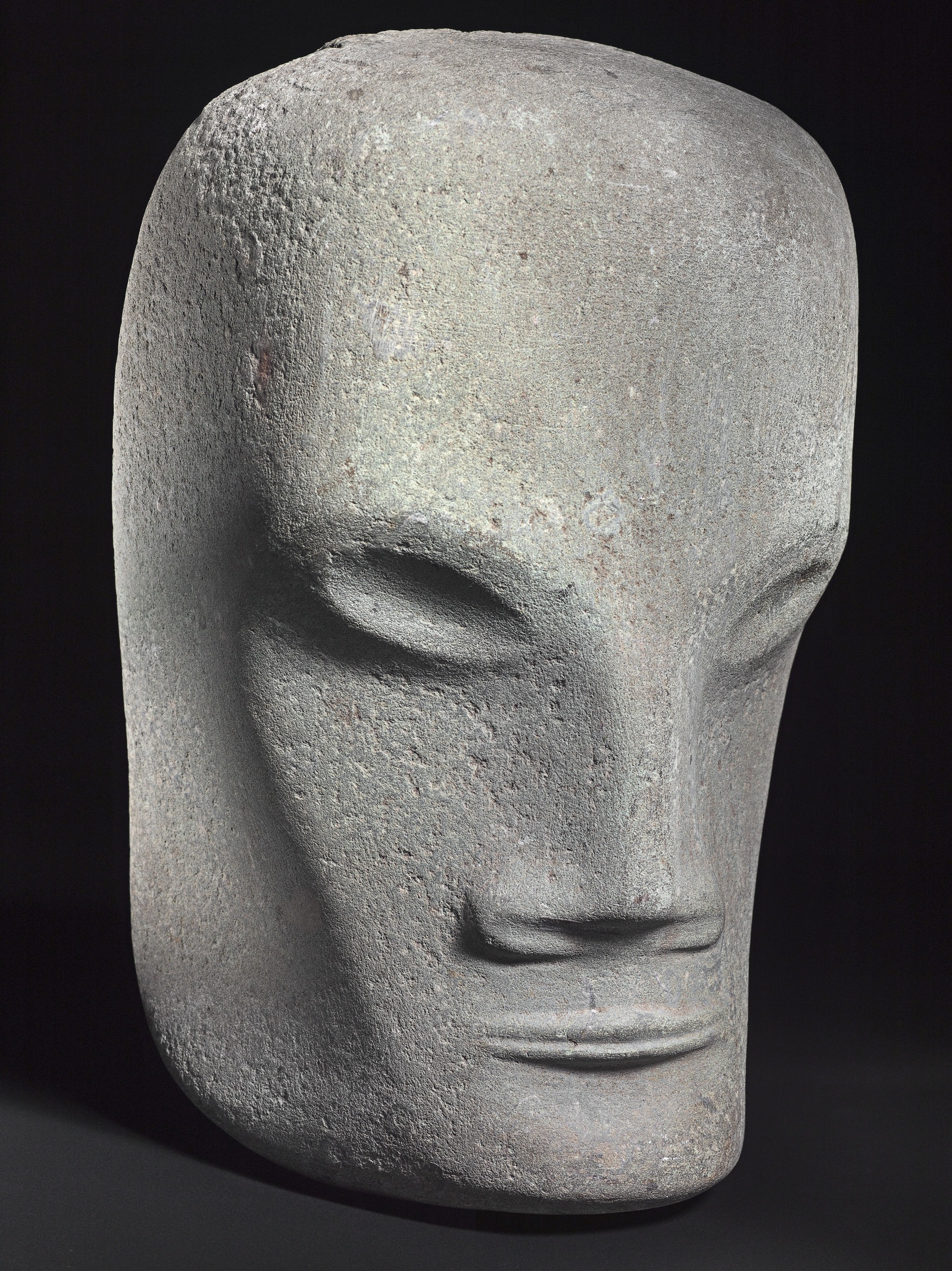
Photo: Erik & Petra Hesmerg
Source:
'Bernhard Richters', biography by Ype Koopmans, publication Galerie Frans Leidelmeijer, Amsterdam 1993
© Kunstconsult – 20th century art | objects
Reproduction and distribution of this text is only allowed with correct reference.
